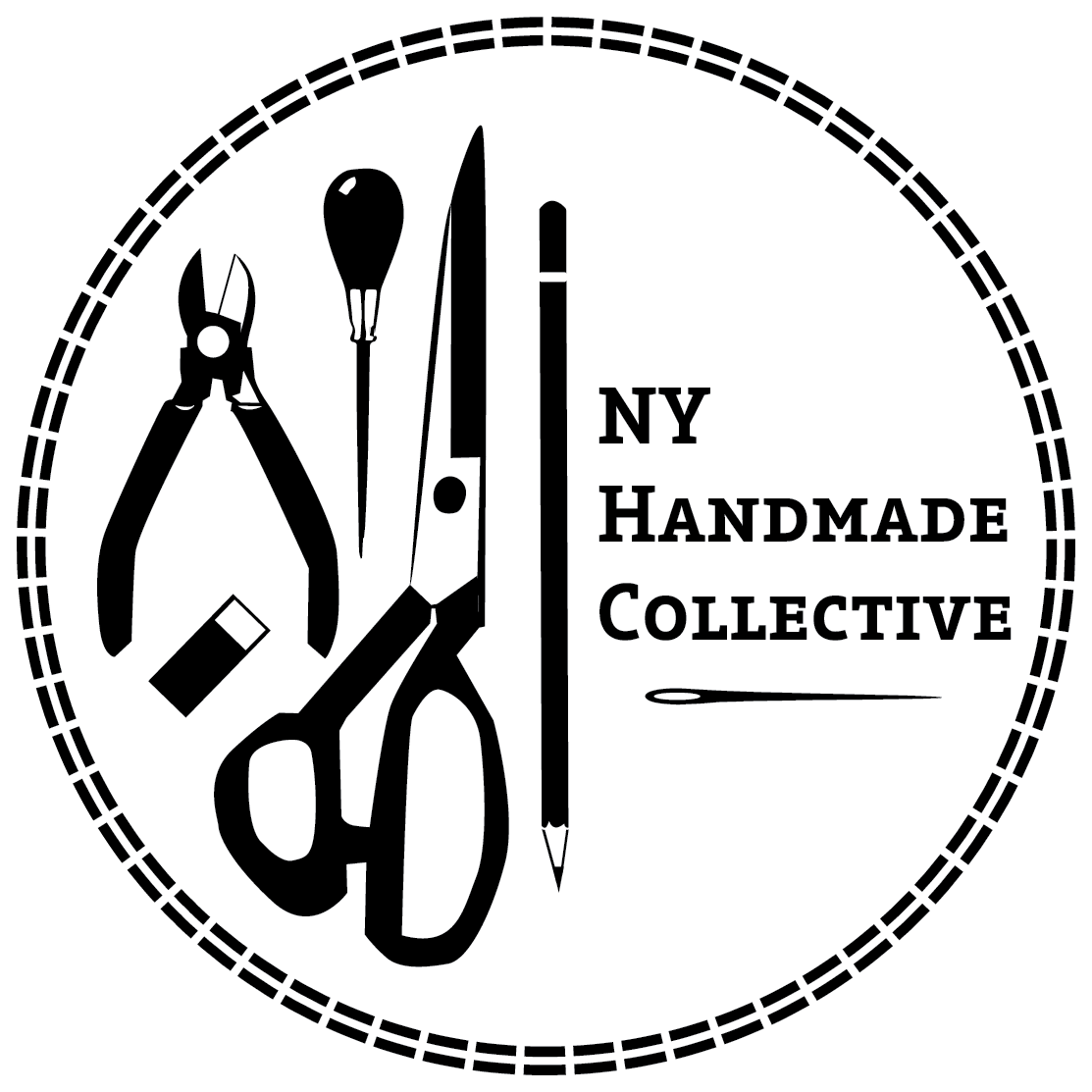[Art in the City] Thoughts on Audubon's Aviary: The Final Flight
As an artist. I always try to keep a sharp eye out for inspiration and actively reflect on works that motivate me to take my own creative practice to the next level. For this reason, I love living in New York City—the unparalleled access to art from various times and places through the city’s various museums, galleries, markets, and even the streets makes New York an artist’s paradise. At times however, the amount of choice tends to be a bit overwhelming, and one has to learn how to pace themselves when taking in art… otherwise it becomes a cacophony of images, and the experience of beauty becomes lost in the hustle and bustle of day to day life. I like to think Annie Lamont put forth the best strategy to deal with this sense of being overwhelmed by the creative process; one just has to take it “bird by bird.”
I hope this monthly feature will help highlight some of the best exhibitions the current art scene in the city and inspires you to seek out these gems of the art world for yourself.
Speaking of birds, this post highlights “Audubon’s Aviary: The Final Flight” which is currently on view at the New-York Historical Society. The swan song of a set of three exhibitions, this show features the large-scale, original watercolors Audubon painted in preparation for the lithograph prints that compose the “Birds of America,” a series self-published from 1826-1838. This exhibition presents the watercolors in the same order he shipped them to his engraver, Robert Havell Jr in London, and then onward to his subscribers in sets of five: two larges, and three small. In addition to the paintings, an original copy of the double-elephant folio book (measuring 40” tall, and 27” wide, the largest paper size during Audubon’s time) is displayed prominently under a glass case, and is turned to a new page on a weekly basis. It is one of only 120 surviving copies of the completed work, and portrays Audubon’s birds in epic, true to life form, just like the paintings that surround it.
The book was open to the Black-Billed magpie the day of my visit
When one enters the exhibition, it feels like stepping into a cabinet of curiosities: the bright blue walls, hinting of a cloudless sky, filled with paintings of owls, hawks, woodpeckers, ducks, loons, pelicans...poised to take off or skitter away at a moment’s notice, as they would appear in the wild.
Audubon’s eye for detail and mastery for capturing the liveliness of every species comes through in every painting. Audubon fleshed out every feather, beak and talon with unparalleled meticulousness and elegance. In the field, Audubon wrote down many observations in his sketchbook of the bird’s personality and thought carefully on how to reflect those characteristics in his paintings. Many times, he would draft multiple versions of a particular bird until he captured its pose and character flawlessly. Occasionally, the field notes and pencil lines from the drafting stages appear as elements in the composition of the final paintings, encapsulating the process and paying homage to the art of science. To look closely at nature, as viewed from the eyes of a master illustrator, makes viewing the work in person so incredible. Audubon laid down a visual groundwork for those who wanted to explore the richness and depth of birdwatching in the future. He provides an invitation for us to participate in the preservation of nature through observation and experience. As Einstein once said, "Look deep into nature, and then you will understand everything better."
The delicate sensibility of how Audubon placed the birds on the page also shines through in each work, whether against the creamy white negative space of the paper or an intricately painted depiction of its habitat. The best examples of this sensibility arises in the illustrations of tall, lanky birds like the American Flamingo and the Great Egret, depicted in gracefully posed positions to fit the dimensions of the paper, without taking away from their personality. Perhaps his years drawing portraits to support his family, informed his ability to capture the individuality of each species with such carefully thought out composition.
Towards the end of the series, Audubon artfully combined multiple species of birds into a single painting because he wanted to complete his magnum opus on time, and on budget. These wonderful mash-ups pair well with the audio guide that plays recordings of the bird calls, helping bring the viewer one step closer to true to life experience of these birds. These audio guides are available for free, right next to the magnifying glasses, at the entrance of the exhibition.
One could easily spend hours pouring over every painstaking detail of these birds, which leads me to believe Audubon also inadvertently ended up encapsulating the possibilities of America, as embodied by the natural landscape. After visiting this show, I gained a greater appreciation for the amazing diversity and splendor for the natural world that everyone should experience as often as they possibly could.
“Audubon’s Aviary: The Final Flight (Part III of the Complete Flock)” runs through May 10 at the New-York Historical Society, 170 Central Park West, at 77th Street; 212-873-3400, nyhistory.org.
By Vanessa Lee resetreality.etsy.com






